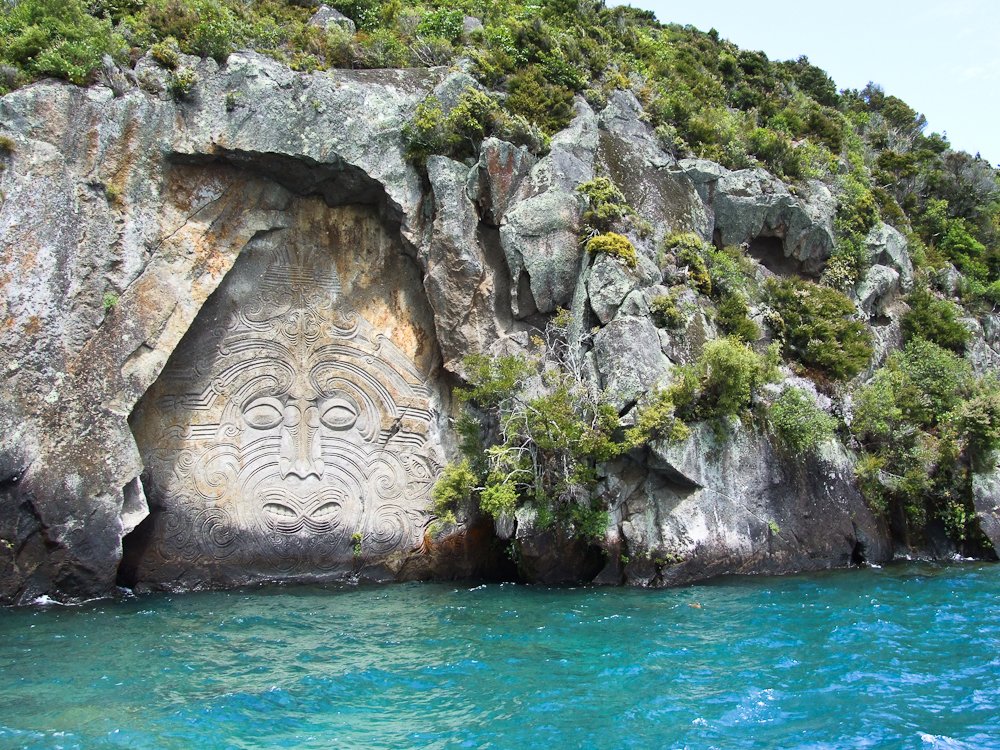A ripple glides across a murky riverbank in Australia’s north. Suddenly, a pair of prehistoric eyes break the surface, silent and watchful. The saltwater crocodile, or “saltie” as locals call it, is the stuff of legends and nightmares—an animal unchanged for millions of years, capable of explosive power and chilling patience. Despite their fearsome reputation, these ancient reptiles are more than just predators; they are living fossils, environmental engineers, and key players in the intricate web of life. With each snap of their jaws, saltwater crocodiles remind us of nature’s raw power, but their story is much deeper—a tale of resilience, adaptation, and survival in a world that often struggles to keep up with their primeval existence.
Masters of the Mangroves and Rivers
Saltwater crocodiles are found in an astonishing range of habitats, from brackish mangroves and tidal rivers to freshwater billabongs and even open sea. They dominate the waterways of northern Australia, stretching from the Kimberley in Western Australia through the Northern Territory and into Queensland. Their ability to thrive in both salt and freshwater environments is rare among reptiles and gives them a remarkable edge. These crocodiles don’t just survive in these habitats—they shape them, carving channels, creating nesting sites, and even influencing fish populations. It’s no wonder they’re sometimes called “ecosystem architects.” When you walk along a riverbank and see a slide in the mud, you’re witnessing the mark of an animal that has shaped Australia’s landscape for longer than humans have walked the continent.
Ancient Origins: Survivors from the Age of Dinosaurs
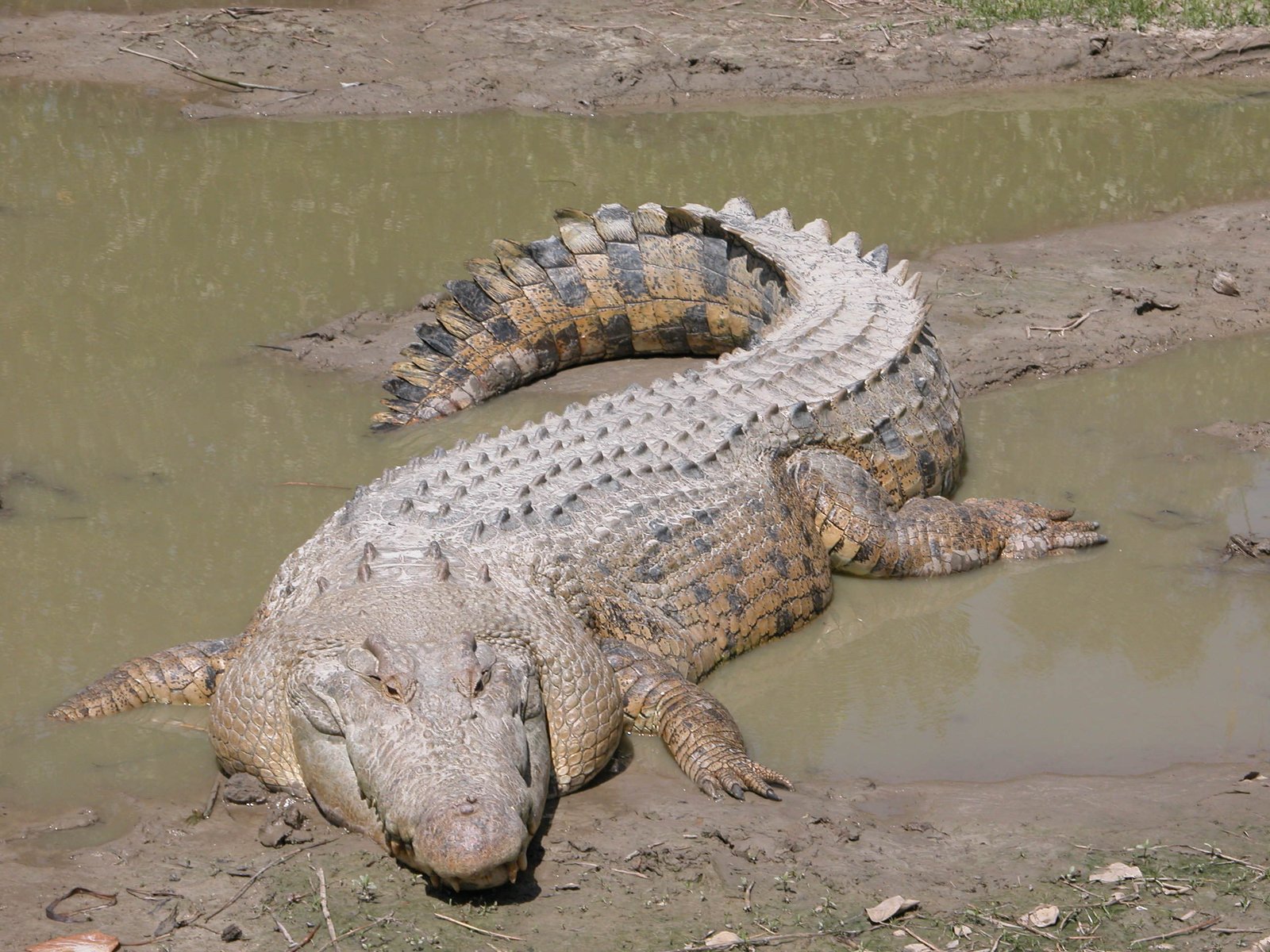
The saltwater crocodile’s ancestors once shared the Earth with dinosaurs over 200 million years ago. Unlike the mighty T. rex or the towering sauropods, crocodilians weathered cataclysmic changes that wiped out their prehistoric neighbors. Their secret? An evolutionary design that’s both simple and supremely effective. With a low, armored body, powerful tail, and a bite force that crushes bone, the saltie is a living link to a vanished world. When you glimpse a crocodile basking on the mud, you’re looking at a survivor whose lineage predates the first birds and flowers—a creature that has seen continents drift and climates shift, yet endures.
Predatory Precision: The Ultimate Ambush Hunter
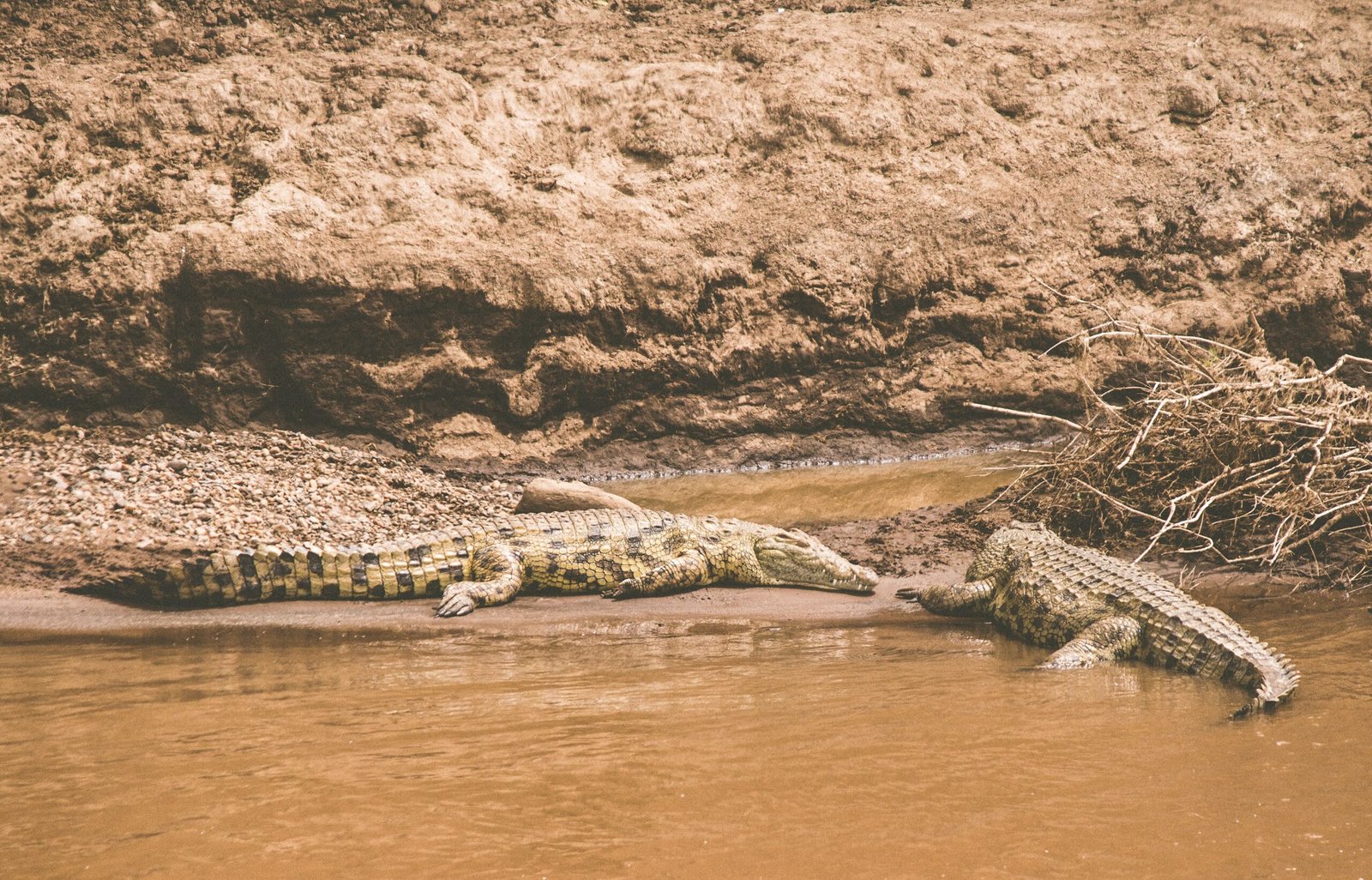
Saltwater crocodiles are the ultimate ambush predators. They can remain motionless for hours, eyes and nostrils just above water, waiting for an unsuspecting animal to approach. Suddenly, with a burst of astonishing speed, they lunge—jaws snapping shut with a force of over 3,700 pounds per square inch. Very few animals on Earth can match that kind of strike. Their hunting strategy is a blend of patience, stealth, and sheer power. Whether it’s a wallaby pausing for a drink or a water buffalo wading through the shallows, nothing is safe if a saltie is lurking nearby. This predatory prowess makes them the unchallenged kings and queens of their watery realms.
Physical Marvels: Built for Survival
Every inch of a saltwater crocodile’s body is designed for survival. Their skin, covered in armored osteoderms, acts like natural chainmail, protecting them from rivals and the harsh Australian sun. Their muscular tails propel them through water with surprising grace, while their webbed feet allow for agile movement on land. Even their sense organs are specialized—eyes with vertical pupils for night vision, and pressure-sensitive pits on their jaws to detect the tiniest ripples. These adaptations haven’t changed much over millions of years, and for good reason: when nature builds something this effective, there’s little need for improvement.
Record-Breaking Giants: Size and Longevity
Saltwater crocodiles are the largest living reptiles, with males regularly reaching lengths of 5 to 6 meters (16 to 20 feet) and weighing over a thousand kilograms. Some legendary individuals have been documented at over 7 meters—roughly the size of a small car! Their lifespan is equally impressive; many live upwards of 70 years, with some believed to surpass a century. This combination of immense size and longevity has allowed them to dominate their ecosystems, outlasting rivals and withstanding environmental upheavals that would doom lesser animals.
Complex Social Lives: Not Just Lone Killers
Despite their reputation as solitary hunters, saltwater crocodiles have surprisingly complex social structures. Dominant males fiercely guard territories, using a range of vocalizations, body postures, and even jaw-slapping displays to intimidate rivals. Females exhibit remarkable maternal care, guarding eggs for months and sometimes gently carrying hatchlings to water in their mouths. Crocodile “nurseries” are not uncommon, with multiple nests clustered in safe areas. These social behaviors reveal another side to the saltie—one where cooperation, conflict, and even affection shape their daily lives.
Reproductive Strategies: The Next Generation
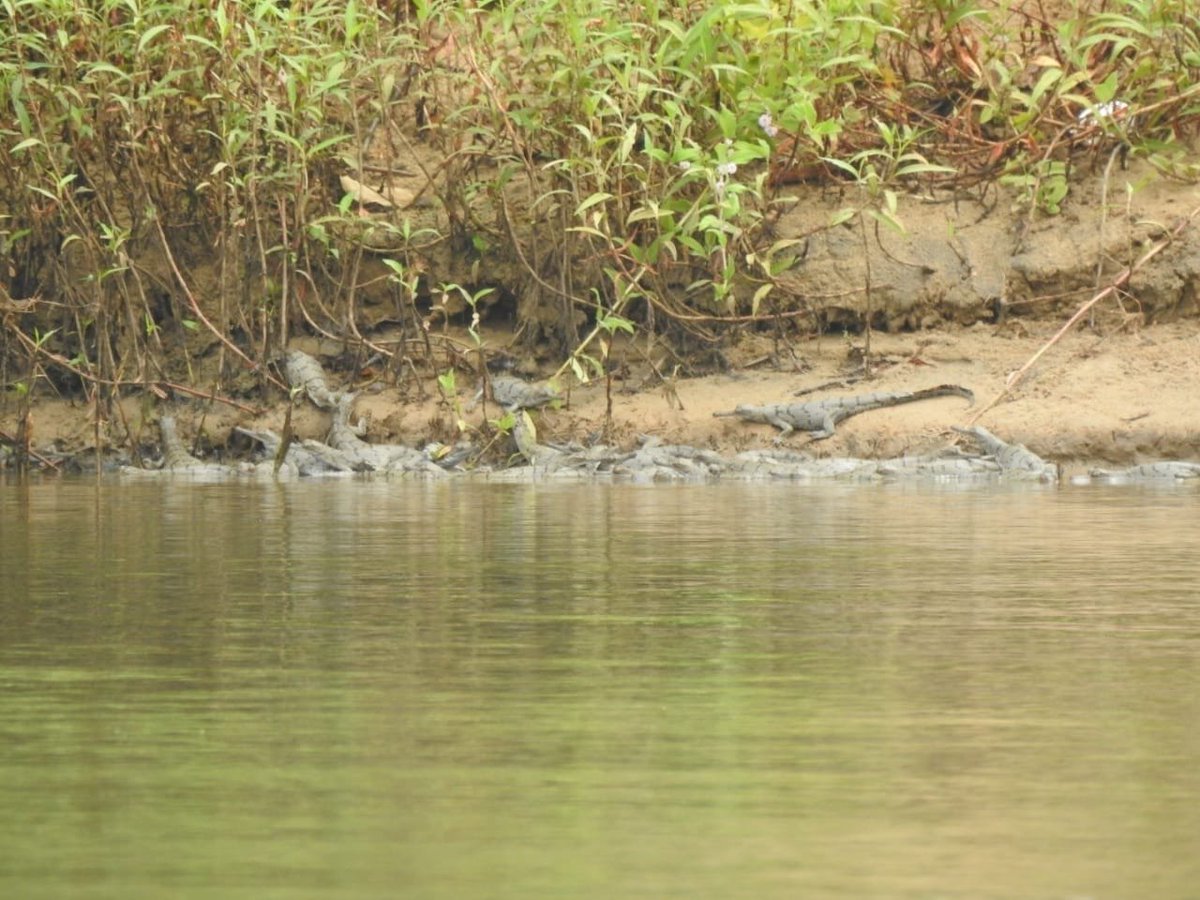
Every year, as the wet season arrives, female saltwater crocodiles build nests of vegetation and mud on riverbanks. Their eggs, usually 40 to 60 per clutch, are fiercely protected from predators. Temperature plays a critical role in determining the sex of the hatchlings—warmer eggs become males, cooler ones become females. When the young are ready to hatch, they emit chirps that prompt the mother to help them break free and reach the water. Despite her vigilance, only a tiny fraction of hatchlings survive to adulthood, facing threats from birds, fish, and even other crocodiles.
Saltwater Adaptations: Thriving Where Others Perish
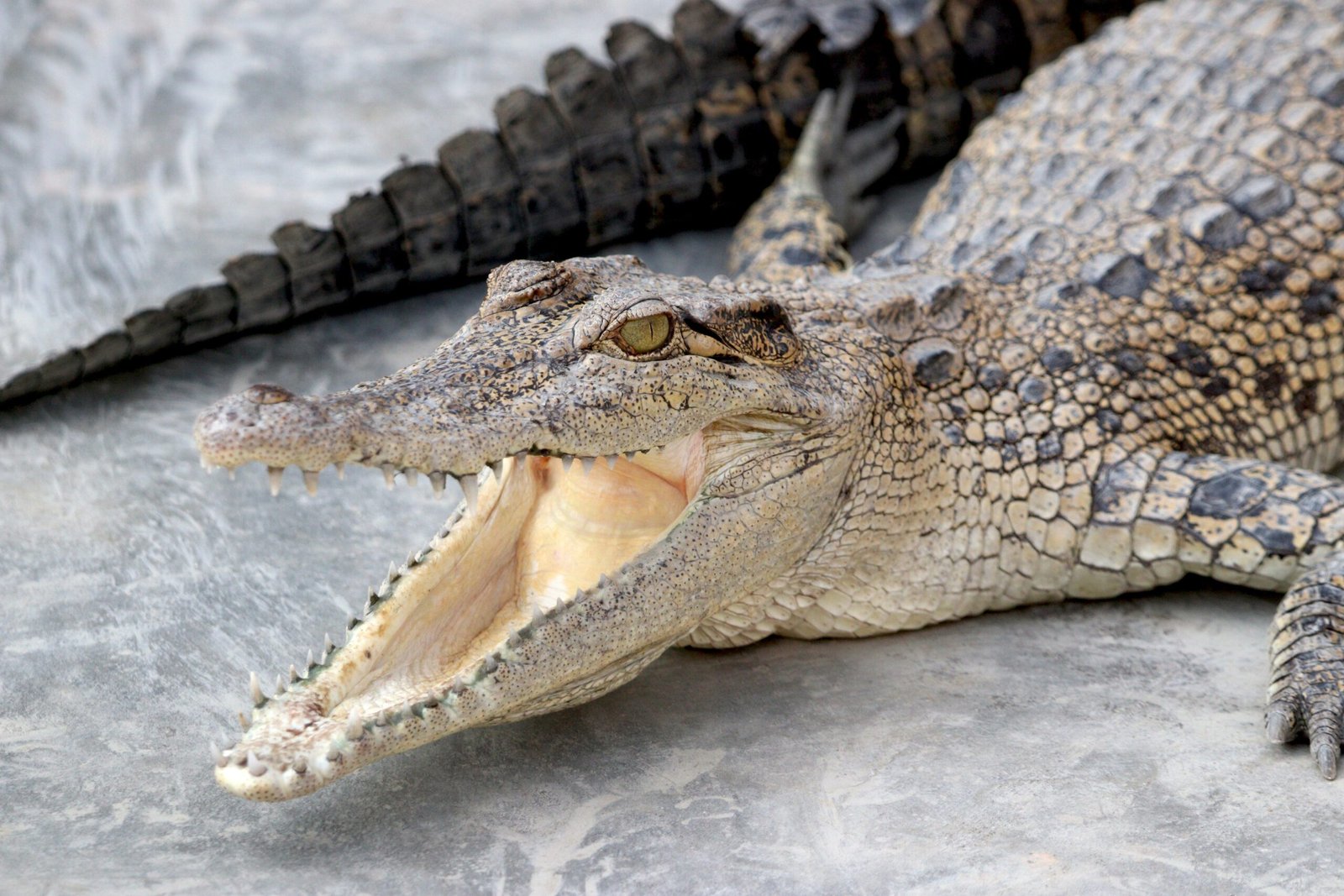
Most crocodiles can’t tolerate saltwater for long, but the Australian saltwater crocodile is an exception. Special salt glands in their tongues allow them to excrete excess salt, enabling them to move freely between rivers, estuaries, and the open sea. Juveniles have been tracked traveling hundreds of kilometers along the coast, riding ocean currents to colonize new habitats. This unique adaptation helps explain why salties are found across such a vast and varied range—from the steamy mangroves of northern Australia to the remote islands of Southeast Asia.
Role as Ecosystem Engineers
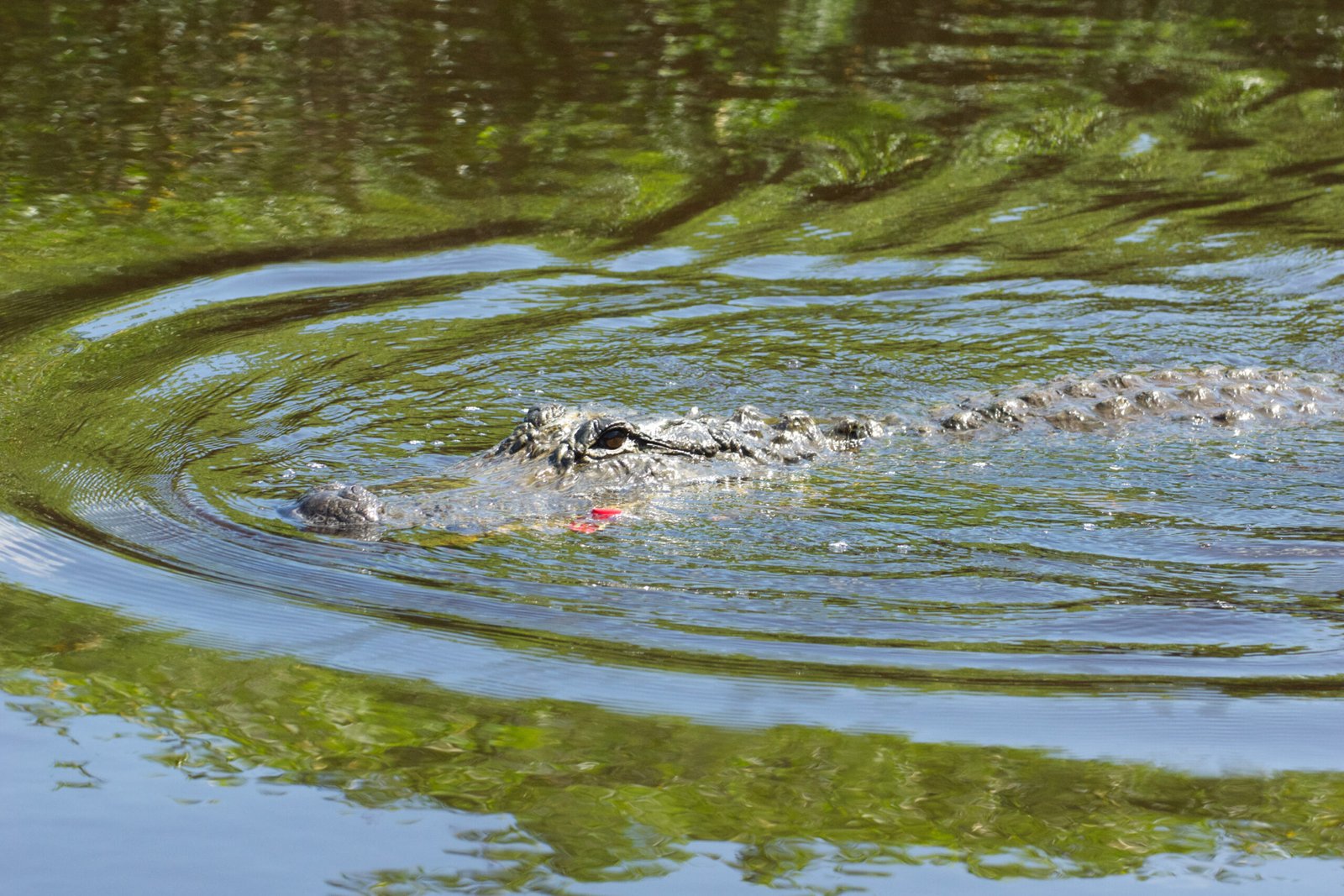
Saltwater crocodiles do more than just hunt—they actively shape their environment. By digging burrows and wallows, they create habitats for fish, birds, and other wildlife. Their kills provide food for scavengers, from turtles to monitor lizards. In times of drought, crocodile pools become vital refuges for countless species. Scientists now recognize these apex predators as “ecosystem engineers,” whose presence helps maintain the delicate balance of Australia’s wetlands. Remove the salties, and the entire system begins to unravel.
Interactions with Indigenous Culture
For tens of thousands of years, Australia’s First Nations peoples have shared their lands and waterways with saltwater crocodiles. These animals feature prominently in creation stories, art, and oral traditions. In some cultures, the crocodile is a revered ancestor or a symbol of power and resilience. Indigenous knowledge about crocodile behavior, nesting sites, and seasonal movements is deep and nuanced—an inheritance born from generations of close observation. Even today, traditional owners play a crucial role in crocodile management and conservation.
Human Encounters: Conflict and Coexistence
Encounters between humans and saltwater crocodiles can be terrifying—and sometimes tragic. Every year, there are reports of attacks on swimmers, fishermen, and even boaters. Local governments have responded with strict regulations: warning signs, exclusion zones, and sometimes the removal of problem crocodiles. Yet, many Australians accept the risks as part of living in crocodile country, respecting the saltie’s right to exist. The challenge is finding ways for people and predators to safely share the same wild spaces—a delicate balance that requires vigilance, education, and mutual respect.
Conservation Success: From Near Extinction to Recovery
Not long ago, saltwater crocodiles were on the brink of extinction in Australia. Decades of unregulated hunting for their valuable skins had decimated populations, with numbers crashing to record lows by the 1970s. Fortunately, strong legal protection and public education turned the tide. Today, saltie numbers have rebounded spectacularly, with healthy populations across northern Australia. This recovery is hailed as one of the continent’s great conservation success stories—proof that, given a chance, even the most threatened animals can thrive.
Scientific Research: Unlocking the Secrets of Survival
Modern science continues to unlock new secrets about saltwater crocodiles. Researchers use satellite tracking to study their movements, DNA analysis to understand family relationships, and drone surveys to monitor nests. Recent studies have revealed astonishing feats of navigation, surprising intelligence, and even a capacity for social learning. These insights not only deepen our appreciation for crocodiles but also inform better management and conservation strategies for the future.
Climate Change and a Shifting World
Climate change presents new challenges for saltwater crocodiles. Rising temperatures can skew the sex ratios of hatchlings, while changes in rainfall and sea level threaten nesting sites. Cyclones and extreme weather events may increase, disrupting food supplies and habitats. Scientists and wildlife managers are racing to understand how salties will adapt to these rapid changes. Some believe their ancient resilience will help them endure; others warn that even the toughest survivor has limits.
Tourism and the Saltie Economy
Saltwater crocodiles are a major draw for tourists, eager to see these living dinosaurs up close. Croc-spotting cruises, wildlife parks, and even cage-diving experiences have become big business in northern Australia. This “saltie economy” provides jobs and income for remote communities, while also raising awareness about crocodile conservation. However, tourism must be managed carefully to avoid disturbing wild populations and to ensure visitor safety. When done right, it’s a powerful way to connect people with one of nature’s most extraordinary creatures.
Misconceptions and Media Myths
Saltwater crocodiles are often portrayed as mindless killers, lurking in wait for the unwary. The truth is more nuanced. While they are dangerous and unpredictable, attacks on humans are rare compared to the millions of people who live and work in crocodile country. Many myths—like the idea that salties will “hunt” boats or deliberately stalk people—stem from fear and misunderstanding. Education is key to dispelling these myths and fostering a more balanced view of these remarkable animals.
The Crocodile’s Place in Modern Australia

In today’s Australia, saltwater crocodiles occupy a unique position—feared, respected, and increasingly protected. They’re a symbol of the wild, untamed north, a living reminder that some corners of the world still belong more to nature than to people. Their presence commands caution and awe, whether you’re a scientist, a fisherman, or just a curious traveler. Salties remind us that true wilderness is never fully tamed, and that coexistence requires humility and understanding.
Inspiring Awe: The Emotional Impact of Encounter

Few experiences compare to seeing a saltwater crocodile in the wild. The first glimpse—a ripple, a shadow beneath the surface, a sudden flash of teeth—can stop your heart. There’s a primal thrill in knowing you’re sharing space with a creature older than the oldest rainforest, whose ancestors watched the first birds take flight. Salties evoke a mix of fear, fascination, and reverence, forcing us to confront our place in the natural order. They inspire respect for nature’s power and a sense of wonder at life’s resilience.
Lessons from an Ancient Predator
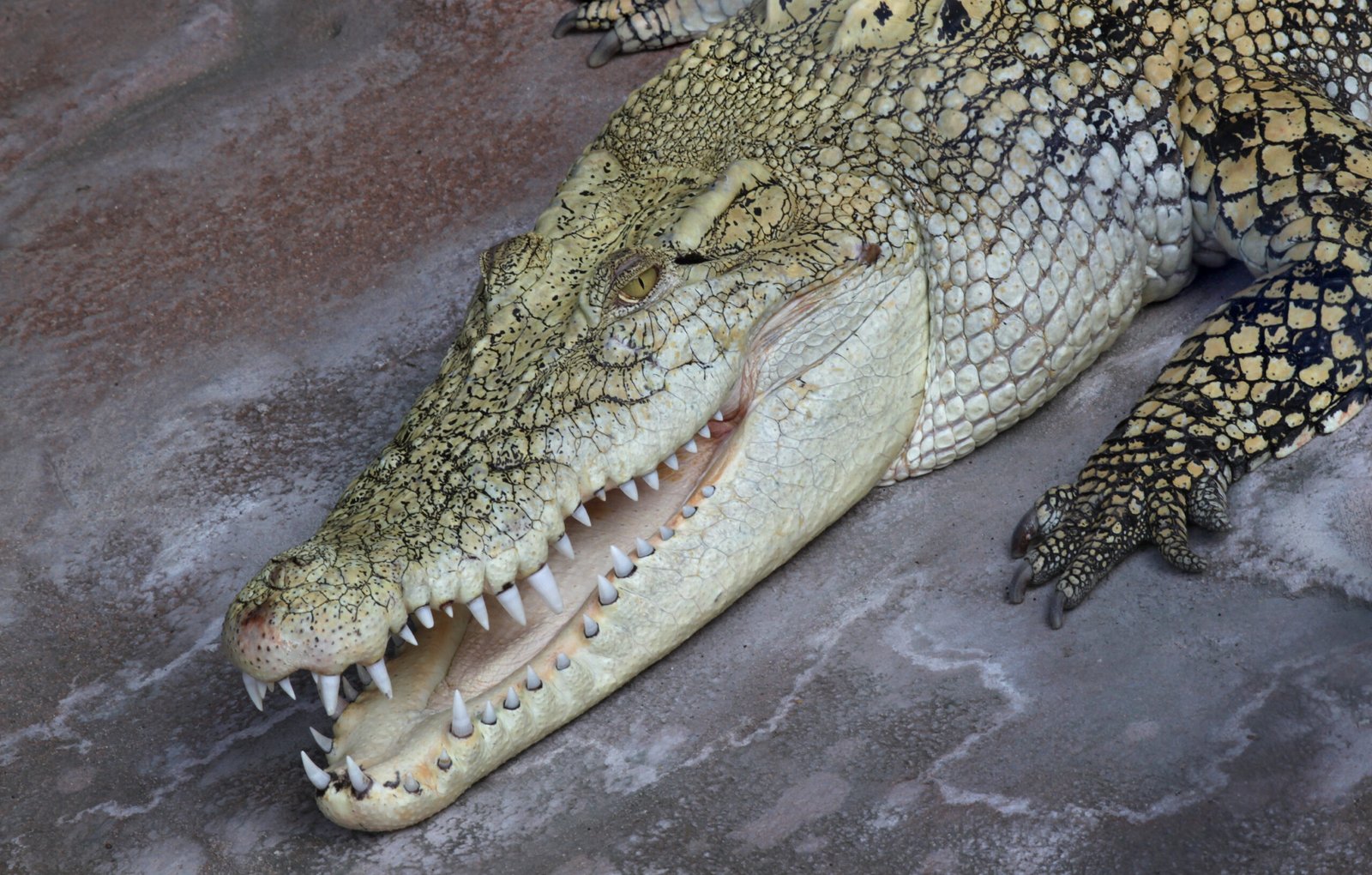
The story of Australia’s saltwater crocodile is one of survival, adaptation, and balance. They endure not because they are invincible, but because they are perfectly in tune with their world. As apex predators, they keep ecosystems healthy; as ancient survivors, they teach us about change and persistence; as ecosystem architects, they build and rebuild the fabric of life. In a rapidly changing world, perhaps there’s no better symbol of hope—and warning—than the saltie, gliding silently beneath the surface, reminding us that the wild still endures.


